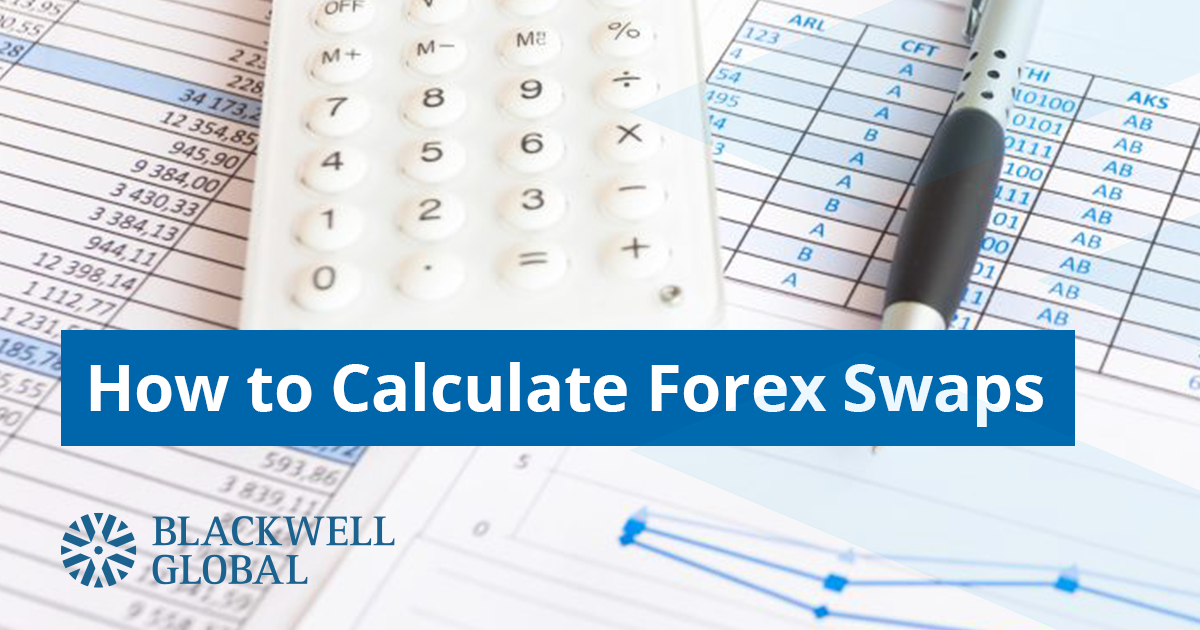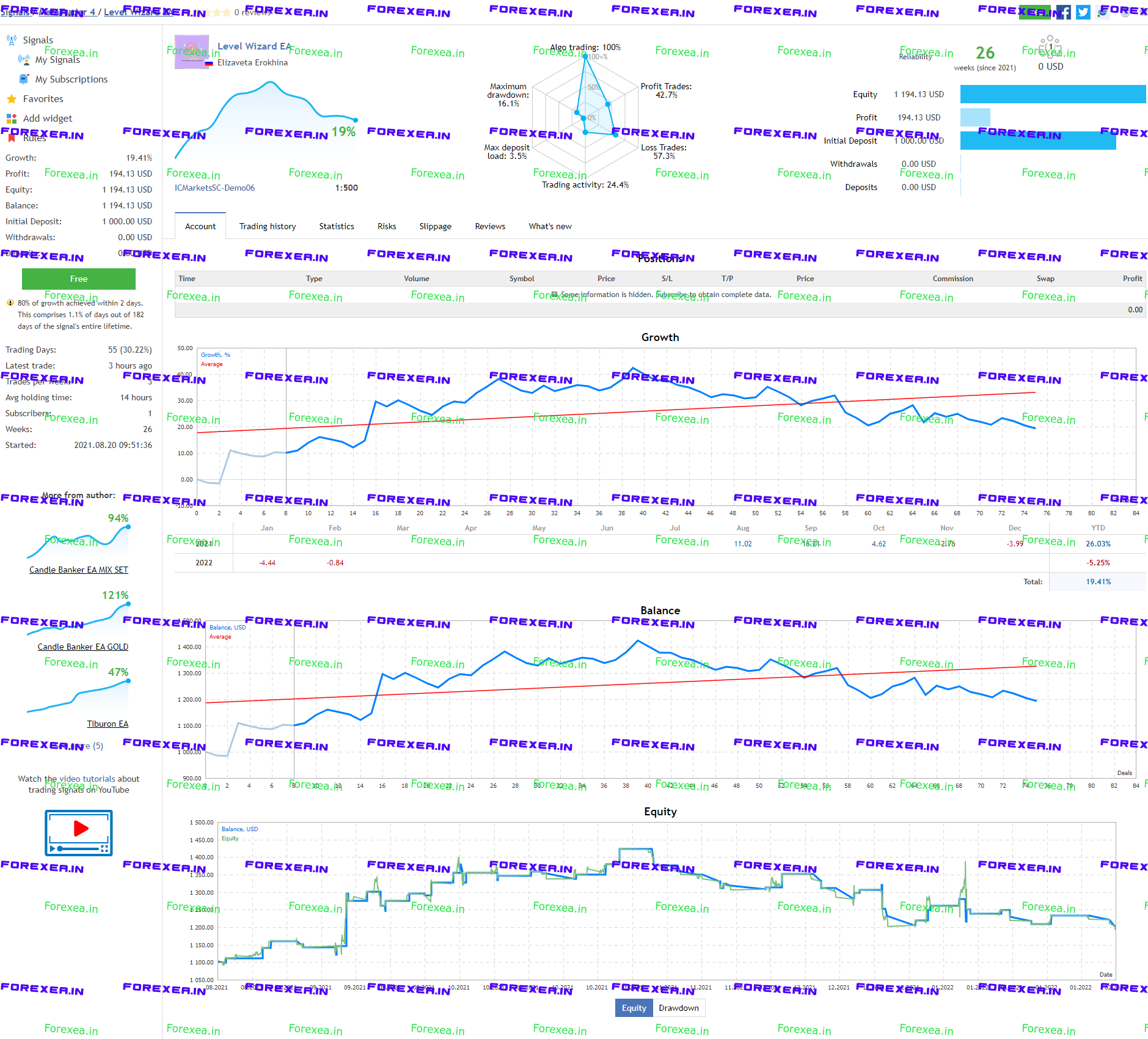In the dynamic realm of foreign exchange (forex) trading, understanding the intricacies of swap points is essential to avoid costly losses and maximize profits. A swap, also known as a rollover, is a fee paid or received when holding a currency position overnight. While it may seem like a small charge, swap losses can accumulate over time, significantly eroding your trading equity.

Image: www.blackwellglobal.co.uk
Swap points arise from the interest rate differentials between the two currencies involved in a forex pair. When you buy a currency with a higher interest rate than the one you sell, you receive a positive swap payment. Conversely, when you sell a currency with a higher interest rate, you pay a negative swap charge.
Unveiling the Mechanism of Swap Loss
Swap loss occurs when you hold a position overnight that accrues a negative swap charge. For instance, if you buy the EUR/USD pair and the Eurozone has a lower interest rate than the United States, you will be paying a negative swap. This swap loss is calculated daily and can accumulate rapidly, especially in extended holding periods.
Consider the following example: let’s say you hold a position of 10,000 EUR/USD at an exchange rate of 1.1000. The annual interest rate for the Eurozone is 1%, while the US interest rate is 2%. The daily swap loss would be calculated as follows:
– Swap loss = (Position size * Interest rate differential * Days held) / 365
– Swap loss = (10,000 * (2% – 1%) * 1) / 365 = $0.27
Over a year, this swap loss would amount to $98.55, a significant reduction in your trading equity.
Navigating Swap Loss in Forex Trading
To avoid the adverse effects of swap loss, forex traders must employ strategic measures:
-
Consider Swap Rates: Before entering a trade, scrutinize the swap rates associated with the currency pair you intend to trade. Choose currency pairs with favorable interest rate differentials to minimize potential swap losses.
-
Limit Extended Holding: Avoid holding positions for extended periods, especially if the swap charges are negative. Close positions before the overnight rollover to evade incurring unnecessary swap losses.
-
Use Limit Orders: Utilize limit orders to minimize swap losses when trading in range-bound markets. Set stop-loss orders below support levels and take-profit orders above resistance levels to capture profitable trades while limiting exposure to overnight swap charges.
-
Hedging Strategies: Explore hedging strategies to mitigate swap losses. For instance, open opposite positions in currency pairs with similar interest rates to offset potential swap charges.

Image: indicatorchart.com
What Is Swap Loss In Forex
Conclusion: Mastering Swap Loss for Forex Success
Understanding swap loss is paramount in successful forex trading. By carefully considering swap rates, implementing effective position management strategies, and leveraging hedging techniques, traders can minimize swap losses and maximize their trading potential. Remember, knowledge is power, and in the realm of forex, a comprehensive understanding of swap loss will propel you towards consistent trading success.






